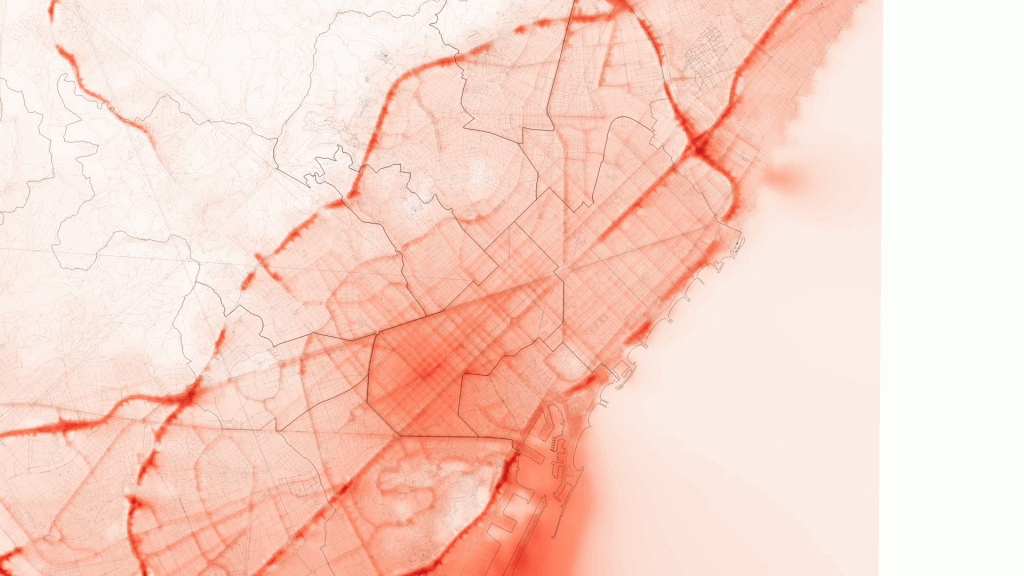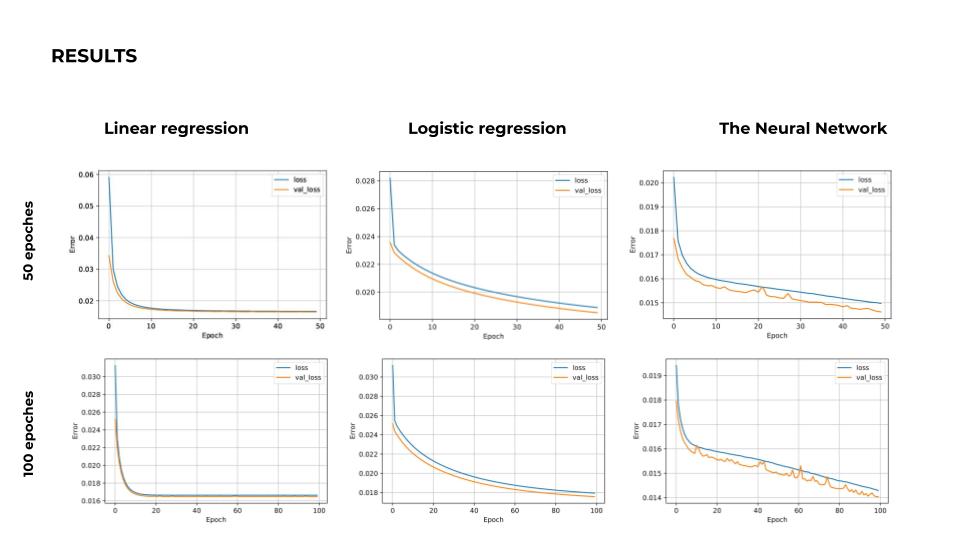Air quality in local schools. Eixample.
Eixample is a district in the Barcelona city center. Because of the central territorial location and a lot of economically attractive points, that district is exposed to a high number of visitors and transfers. Though, all the transport that goes through leaves its footprint that is high volume of emissions. It is not news that NO2 that is the major component of emissions dangerously affects human health. Especially sensitive groups who are exposed to respiratory tract illness suffer from high concentration of NO2 and are more likely to experience incidence of asthma. Moreover, bad air quality can reduce the lung capacity of children and increase the incidents of bronchitis. Fortunately, the Eixample Respira community is aware about the problem and attempts to attract a wider public to it.
This small exercise aims to help the community in its efforts.Machine learning is the tool that will help us to proceed. By finding the pattern and dependencies of NO2 concentration and predicting it we can elaborate the strategy and steps to address the issue.
Data
The main data about pollution in local schools were obtained from contaminacio.cat that provides average NO2 concentration during the last 176 days for each of 748 schools in Barcelona. The dependencies that were assigned are weather forecasts for each day. Air temperature average per day, amount of precipitation and wind speed were achieved from the archive of meteoblue.com. That two datasets are combined and intersected on the date. Further, the date was deleted and prediction was oriented on school index and the weather parameters.
Machine Learning
First of all, we have to understand what school of machine learning we are going to exploit. As we have both parameters and results available, we just have to find dependency between them. So, supervised regression works best in that case.The trained models are linear regression, logistic regression and neural network. Each model “looked” at the same dataset 50 and 100 times consequently. The best result was achieved with a neural network model that represented 0.014 validation loss for the hundredth time training and 0.13 for the training set. Moreover its prediction was the closest to the random set and missed only 1 unit when the linear and logistic were wrong about 7-15 units. The worst prediction and higher losses demonstrated a logistic regression model.
Conclusion
Machine learning is a powerful tool that can help us build future plans and better understand the processes happening in our cities. The future steps will be enriching the dataset with traffic conditions and time periods. Another source of valuable data could be satellite images of NO2 concentration so we will use geospatial factors and increase predictions.
References
-
https://www.eixamplerespira.com/
-
https://medium.com/eixample-respira
-
https://www.contaminacio.cat/
-
https://www.meteoblue.com/en/weather/archive/export/barcelona_spain_3128760
-
https://aire-barcelona.lobelia.earth/es/?lon=2.20092&lat=41.41415&zoom=22.04&time=1614584939450
MACHINE LEARNING FOR AIR QUALITY PREDICTION is a project of IAAC, Institute for Advanced Architecture of Catalonia developed at AI in urbanism course of Master in City and Technology program in 2019-2021 by:
Students: Linara Salikhova
Faculty: Angelos Chronis, Serjoscha Duering, Nariddh Khean’s.


